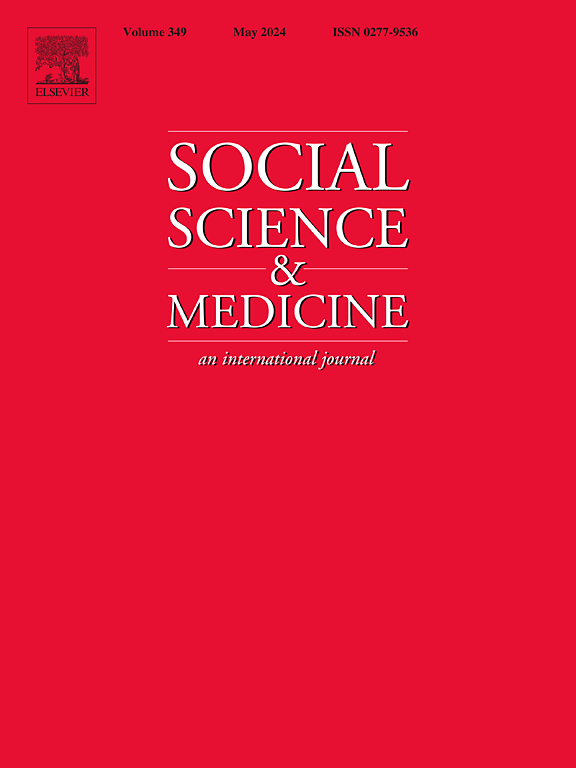Where there are no visitors: Improvising care in a pediatric hospital in Zambia
IF 4.9
2区 医学
Q1 PUBLIC, ENVIRONMENTAL & OCCUPATIONAL HEALTH
引用次数: 0
Abstract
In hospitals in Zambia, family members carry out intimate and care procedures, run errands, and offer emotional and practical support to patients. However, their presence also creates challenges when they use resources, take up space dedicated to patients, and contribute to disease spread. The COVID-19 pandemic brought such tensions into view and drove hospital administrators, clinicians, and researchers to draw a bright line between family as caregivers (considered necessary) and family as visitors (considered extraneous). In this article, we ask: If caregivers are not visitors, then who are visitors? What is the work of visiting? From 2020 to 2021, we carried out research in a Zambian pediatric hospital when visitors were not allowed to enter the hospital, but a singular caregiver was required at the bedside of each child admitted. Our findings from interviews with 44 healthcare workers and 30 caregivers revealed several themes—that the care work required in hospitals surpasses the ability of a single caregiver; that ephemeral encounters between caregivers and visitors facilitate sympathy driven care; and that witnessing need could catalyze and exhibit support. We expand on these themes, focusing on one grandmother's months-long stay with her granddaughter in the hospital, to show how caregiver, visitor, and healthcare worker roles were improvised and reworked. Ultimately, this research breaks down binaries commonly cited in discussions of family caregiving, such as essential and non-essential, helpful and wasteful, caregiver and visitor. This has policy implications because ignoring or dismissing visitors as extraneous will further disadvantage caregivers and patients and disenfranchise families.
求助全文
约1分钟内获得全文
求助全文
来源期刊

Social Science & Medicine
PUBLIC, ENVIRONMENTAL & OCCUPATIONAL HEALTH-
CiteScore
9.10
自引率
5.60%
发文量
762
审稿时长
38 days
期刊介绍:
Social Science & Medicine provides an international and interdisciplinary forum for the dissemination of social science research on health. We publish original research articles (both empirical and theoretical), reviews, position papers and commentaries on health issues, to inform current research, policy and practice in all areas of common interest to social scientists, health practitioners, and policy makers. The journal publishes material relevant to any aspect of health from a wide range of social science disciplines (anthropology, economics, epidemiology, geography, policy, psychology, and sociology), and material relevant to the social sciences from any of the professions concerned with physical and mental health, health care, clinical practice, and health policy and organization. We encourage material which is of general interest to an international readership.
 求助内容:
求助内容: 应助结果提醒方式:
应助结果提醒方式:


